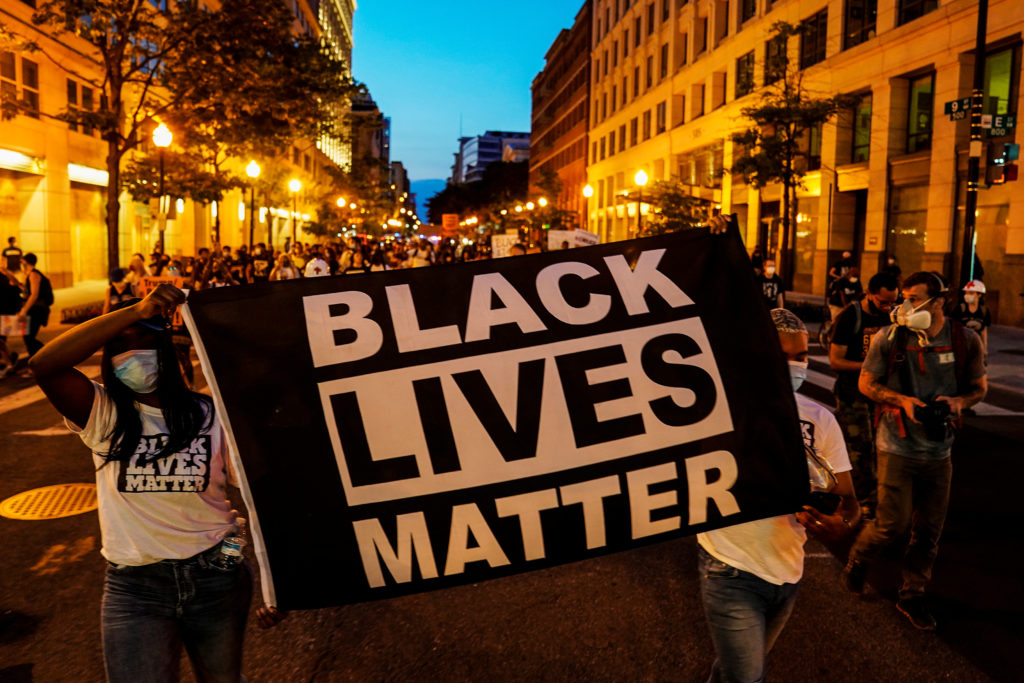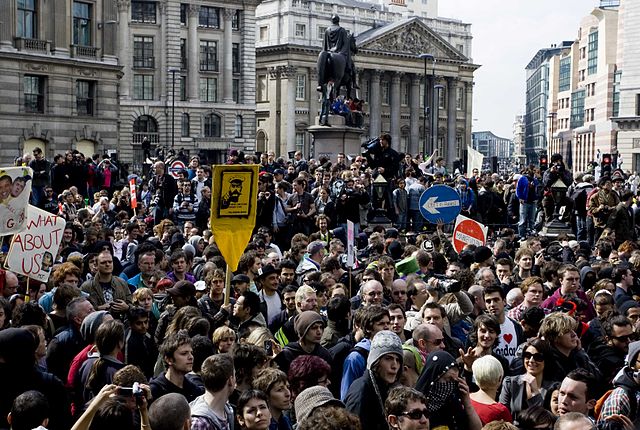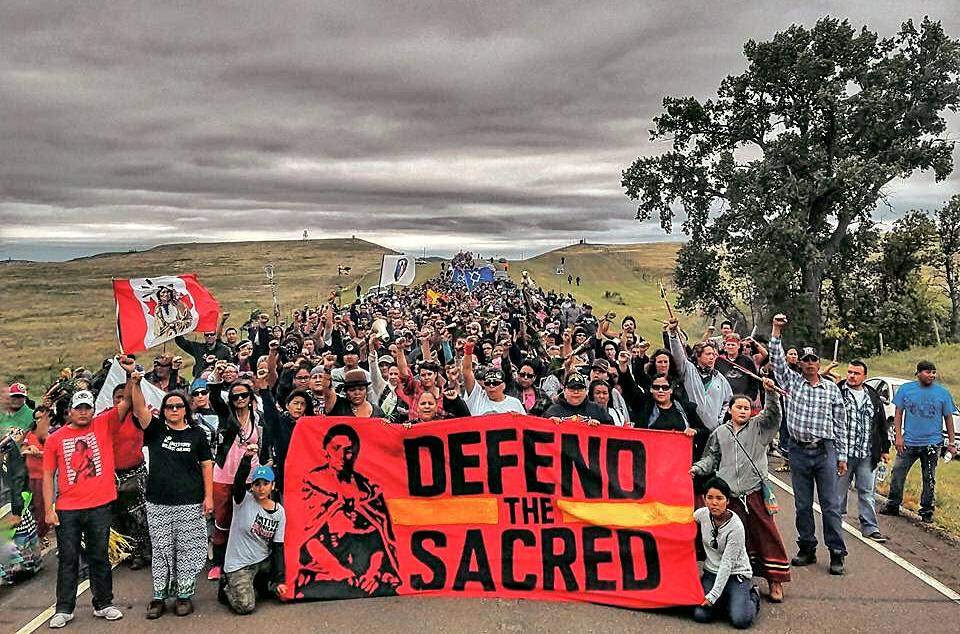The Black Lives Matter (BLM) movement, which began in 2013, has become one of the most significant social movements of the 21st century. Initially a response to the acquittal of Trayvon Martin’s killer, BLM has grown into a global movement addressing systemic racism and police brutality. Beyond its anti-racist agenda, BLM also encompasses anti-capitalist principles, critiquing the economic systems that perpetuate racial inequality.
Origins and Goals
BLM was founded by Alicia Garza, Patrisse Cullors, and Opal Tometi after George Zimmerman was acquitted in the shooting death of Trayvon Martin. The movement gained national attention following the police killings of Michael Brown in Ferguson, Missouri, and Eric Garner in New York City. BLM’s goals include ending police violence, dismantling systemic racism, and achieving economic justice for Black communities.
Anti-Capitalist Foundations
Central to BLM’s ideology is the recognition that racial inequality is deeply intertwined with economic inequality. The movement critiques capitalism for perpetuating systemic racism through wage disparities, unemployment, lack of access to quality education and healthcare, and the criminalization of poverty. BLM advocates for policies that address these economic disparities, such as reparations, universal basic income, and defunding the police to reinvest in community resources.
Key Actions and Impact
BLM has organized numerous protests, campaigns, and initiatives to raise awareness about racial injustice and demand change. Notable actions include the Ferguson protests, the 2015 Baltimore protests following the death of Freddie Gray, and the global protests in 2020 after the murder of George Floyd. These actions have brought significant attention to issues of police brutality and systemic racism, leading to policy changes in some areas and influencing public opinion.
Criticism and Controversies
While BLM has garnered widespread support, it has also faced criticism. Some detractors argue that its tactics, such as blocking highways and disrupting public events, are counterproductive. Others criticize its anti-capitalist stance, suggesting that economic reforms should focus on enhancing capitalism rather than dismantling it. Additionally, the movement has faced challenges in maintaining unity and coherence across its decentralized structure.
Global Influence and Legacy
BLM’s influence extends far beyond the United States. The movement has inspired similar anti-racist protests and organizations worldwide, including in the UK, Canada, Australia, and Brazil. BLM’s impact is evident in the growing awareness of systemic racism and the increasing calls for police reform and racial justice across the globe. The movement’s ability to mobilize large numbers of people and maintain momentum over several years underscores its significance.
Conclusion
The Black Lives Matter movement represents a powerful confluence of anti-racist and anti-capitalist struggles. By highlighting the economic dimensions of racial inequality, BLM challenges both systemic racism and the economic structures that sustain it. As the fight for racial and economic justice continues, the lessons and legacy of BLM remain crucial, demonstrating the power of collective action and the ongoing need for systemic change.



